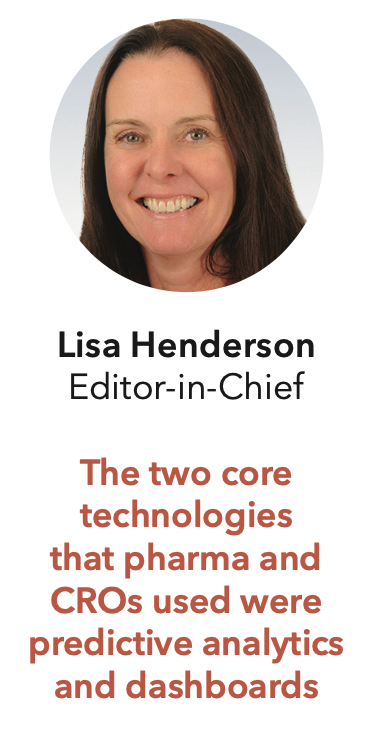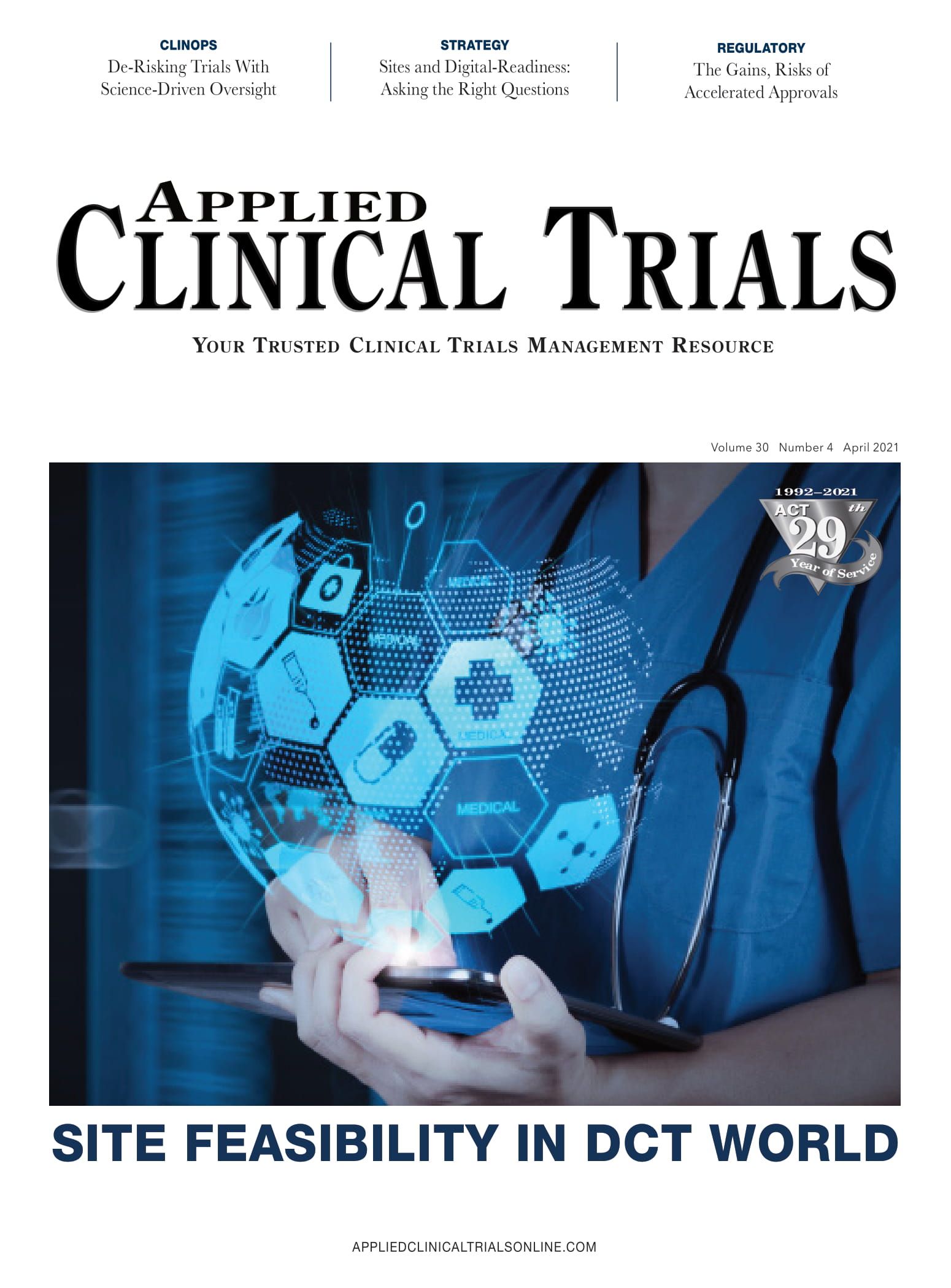How Did Clinical Trials Move at the Speed of COVID?
Behind-the-scenes look at vaccine development.

In March, the Prix Galien posted its webinar, “Technological Impact on Accelerating Vaccine Trials, Development and Delivery.” With panel members from the leading vaccine manufacturers, it offered interesting behind-the-scenes insights into how these vaccines went through the development process with flying colors.
Marie-Perre Hellio Le Graverand, SVP, head of clinical development and operations from Pfizer, brought the numbers—266 days from the announcement of the pandemic to first EUA; 44,000 enrolled participants; four months to enroll; and 150 sites in six countries; with over 50 million electronic diaries; 7.5 million data management records and 34 million total data points.
To paraphrase Hellio Le Graverand, this was only possible because of digital technologies. The volume and speed of data they managed in real time, all the while maintaining quality, was totally unprecedented.
Similarly, Janssen’s trial included 45,000 participants. Terry Murphy, the company’s COVID-19 clinical development relaunch leader, said they recruited 3,000 patients in one day alone.
Again, unprecedented. But not unpredictable. The two core technologies that pharma and CROs used were predictive analytics and dashboards.
Rachel Berria, VP and medical head of AstraZeneca (US), said that predictive analytics and data from a variety of sources to heat-map where COVID was going, to open up sites in those areas and enroll patients accordingly, was key to the speed.
All of the participants noted that the immediacy and transparency of the dashboards coming from internal and external data sources, allowed for quick decisions, fostering improved trial conduct and data quality. These examples included: applying new strategies to enrollment; shifting focus for diverse populations; and providing site support.
Tal Zaks, chief medical officer for Moderna, concedes that while the company is built from the ground with a digital infrastructure, the tools for collaboration that exist today would have been challenging five to 10 years ago. “As a small biotechnology company that is highly leveraging CRO partners, that was really a key enabler. Where we lack the infrastructure, technology has enabled us to tap into the infrastructure of our CROs partners to achieve what we have.”
But outside of technology, the one factor that helped the unprecedented speed is what Berria pointed to, the rolling regulatory review process...which wouldn’t have been possible without data provided to regulators on an ongoing basis. Technology and science for the win.
Lisa Henderson is Editor-in-Chief of Applied Clinical Trials. She can be reached at lhenderson@mjhlifesciences.com.

What Can ClinOps Learn from Pre-Clinical?
August 10th 2021Dr. Hanne Bak, Senior Vice President of Preclinical Manufacturing and Process Development at Regeneron speaks about her role at the company as well as their work with monoclonal antibodies, the regulatory side of manufacturing, and more.